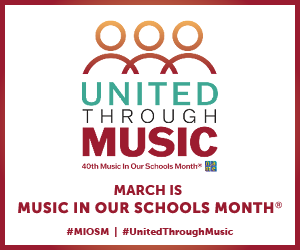As our technology continues to advance, students are using computers more and more, starting at a younger age. Students no longer spend as much time writing on paper, due to the fact that most schoolwork and assignments are online. This raises an important question: Should handwriting still be taught in schools?
While some schools are introducing keyboarding to children as young as preschool age, some scientific research combats this approach. Studies show that tracing or writing out the letters of the alphabet, in contrast to typing them, helps create a better and more long-term understanding of the letters. In other words, the students who are being introduced to typing early will likely struggle to learn and understand the alphabet due to the loss of neural connections.
In addition to this, writing by hand can help improve memory of letters and words. This is important for older students and adults as well, because taking notes by hand, rather than typing, can help with understanding and memory of content. In fact, some scientific research suggests that handwriting, in contrast to typing, helps engage your brain more deeply to help support learning.
Handwriting is also deeply associated with your fine motor skills. For every letter you write, your brain and fingers have to do something differently. In addition to this, handwriting involves your visual system. In fact, an article from NPR states, “With each stroke, your brain compares the unfolding script with mental models of the letters and words, making adjustments to fingers in real time to create the letters’ shapes.”
Trading handwriting for typing could result in some negative consequences. One of the most serious problems ditching handwriting for typing could create is children’s ability to learn their letters. Practicing writing letters is really important when it comes to helping solidify children’s understanding of them. Additionally, research proves that children learn their alphabet better when they see handwritten versions of the letters in comparison to typed letters.
The NPR article also shares this thought: “If young children are not receiving any handwriting training, which is very good brain stimulation, then their brains simply won’t reach their full potential. It’s scary to think of the potential consequences.” Many schools are trying to combat these types of problems by mandating cursive instruction for all elementary students.
When it comes to older students and adults, one of the crucial benefits of handwriting is that it can help you slow down and process what you’re writing. If you’re writing notes by hand, you can’t write everything down. This forces you to think about what you’re writing and focus on the important things.
However, there are many circumstances where using a keyboard is much more sensible than writing by hand. For example, when you’re writing a long essay, it’s much more time-effective to type it out. Additionally, making edits can be much simpler and easier on a computer.
To sum up, handwriting is definitely important and has many benefits. It helps young students learn their alphabet more effectively. Handwriting can also be important for older students and adults, because it can help slow you down and commit what you’re writing to your long-term memory. Overall, handwriting is crucial and should never stop being taught in schools.
Sources:






![[Submitted by Dr. Monsour]](https://mcstinger.net/wp-content/uploads/2025/10/IMG_2831-e1760629687602-1200x900.jpg)

















